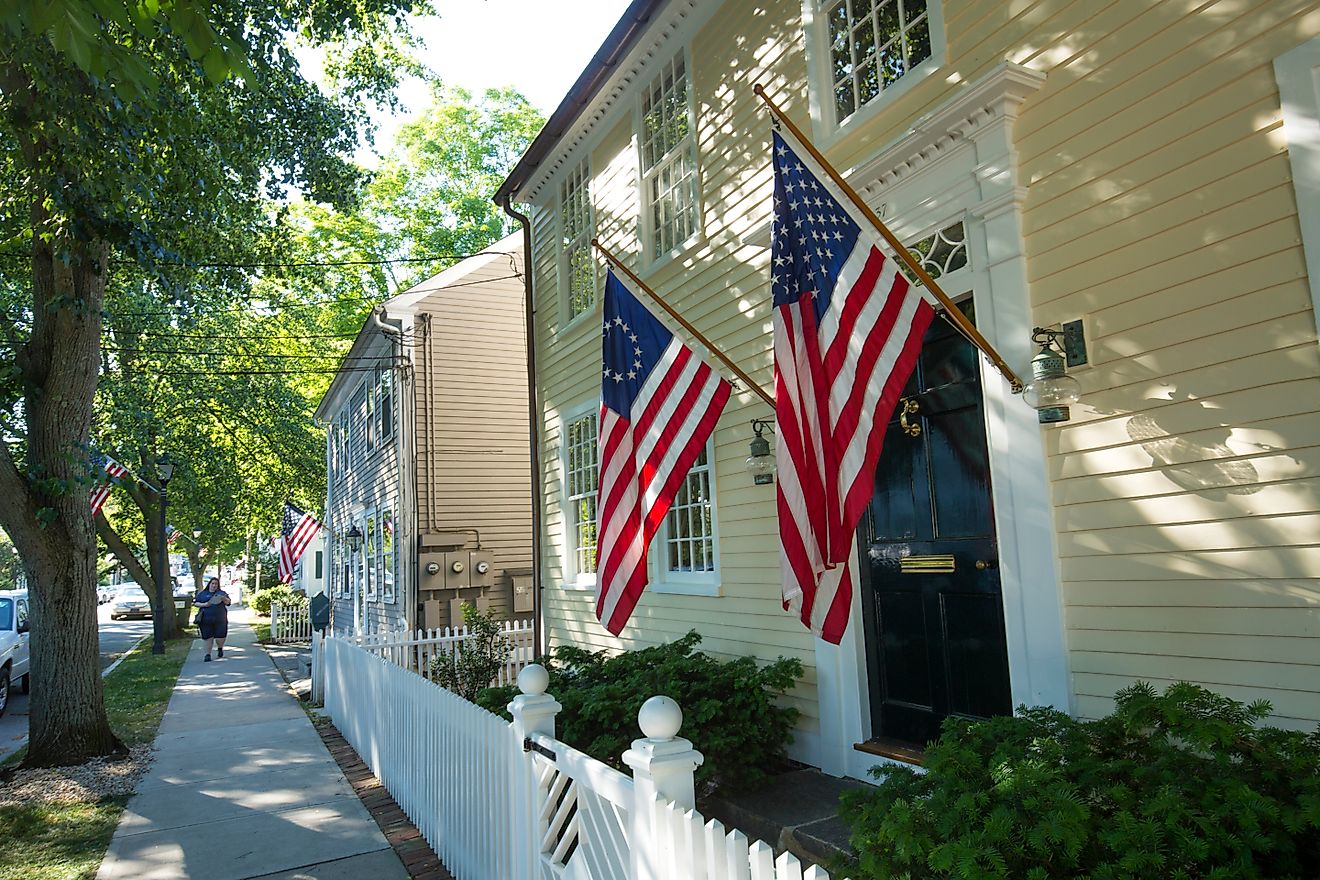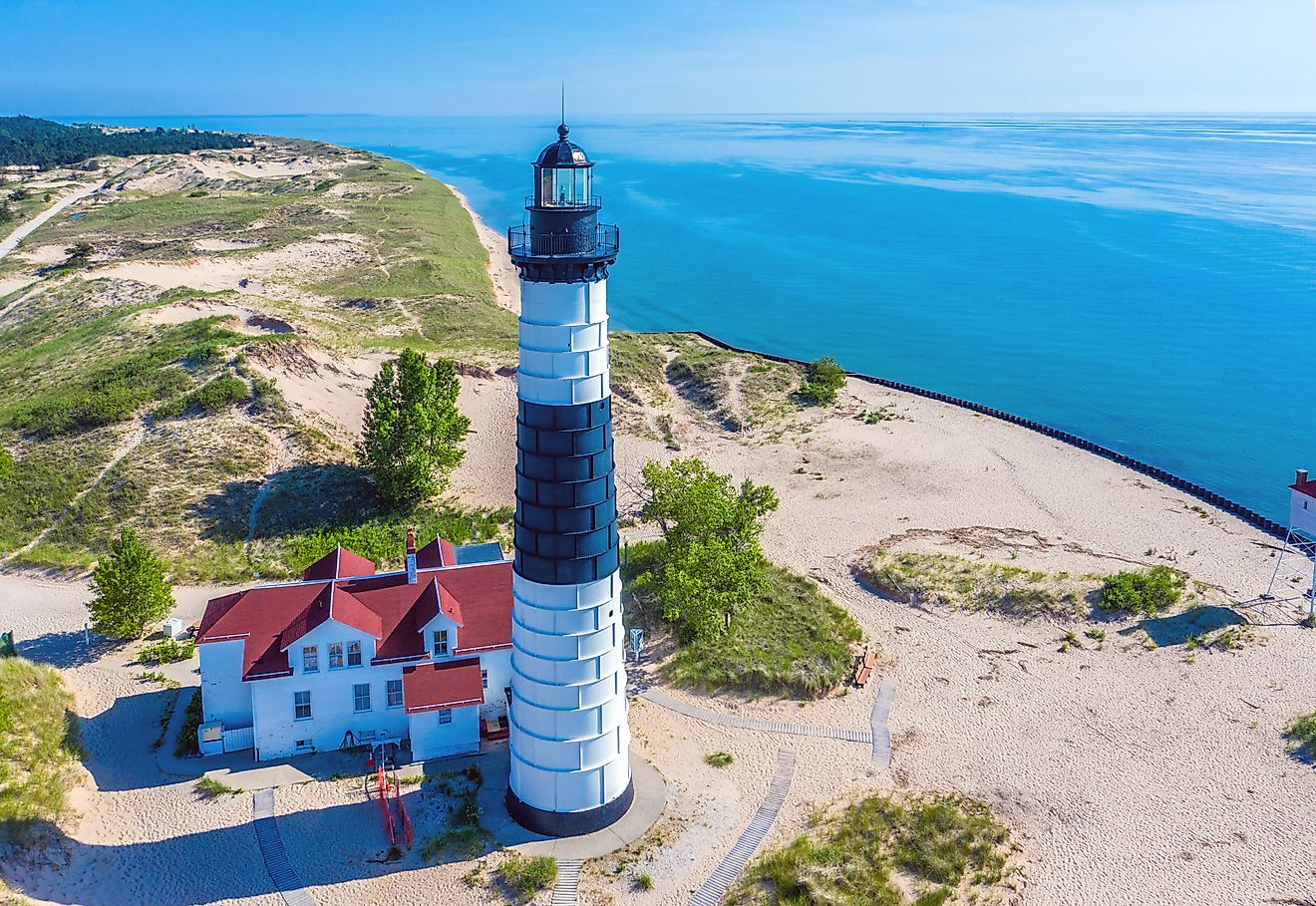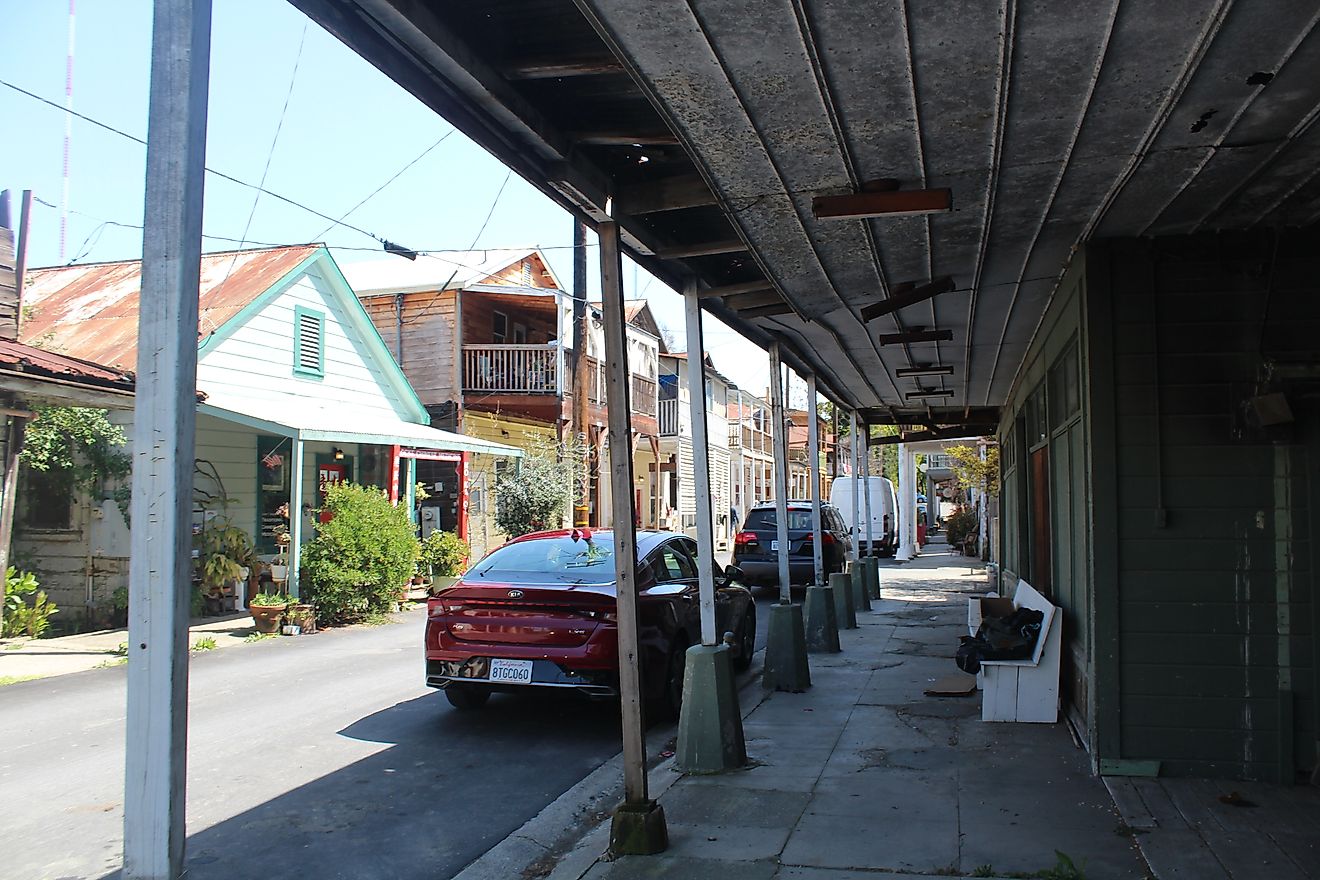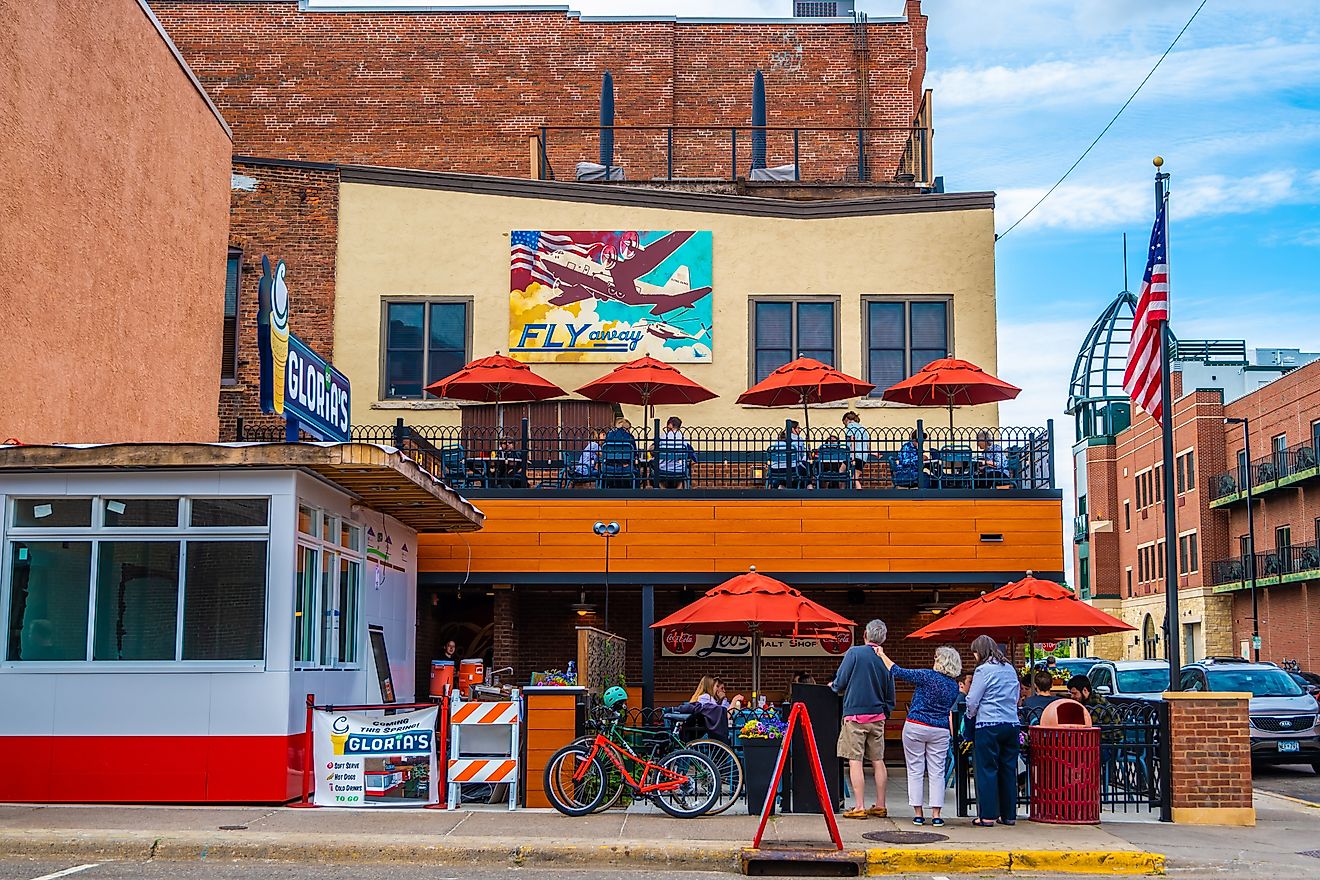
10 Best Places To Live In Ontario In 2025
As Canada’s second largest province, Ontarians would likely argue that Ontario is second to none. Located in east-central Canada, this veritable melting pot of cultures embraces diversity, the arts, and an entrepreneurial spirt all set against a vast backdrop of pristine lakes, boreal forests, and vibrant cityscapes.
Whether you long for the excitement of the city, prefer a quiet rural setting, or are content settling into a safe, family-friendly suburb, discover the 10 best places to live in Ontario in 2025.
Burlington
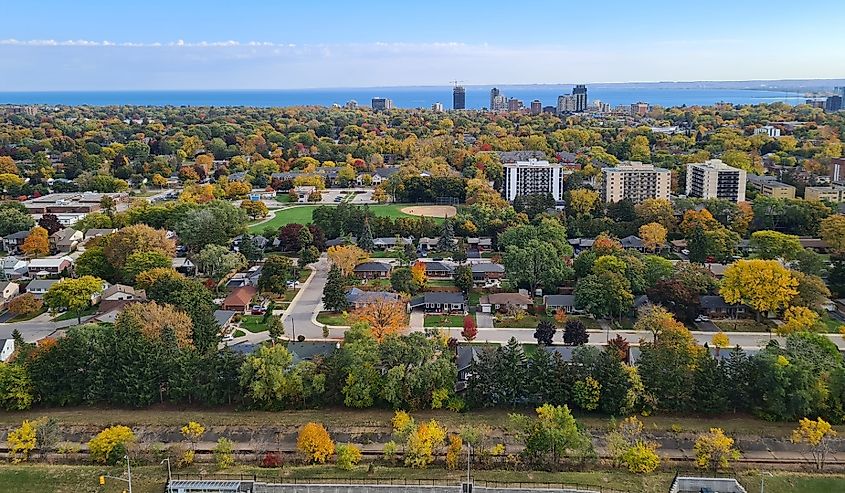
Rated number one on Ontario’s Best Work-Life Balance list (BWLB) and fifth among Canada’s most livable cities by the Globe & Mail, this lakeside town is about having it all. Burlington beckons to the city-weary, longing for a slower pace of life on the peaceful shores of Lake Ontario.
Forward-thinking employers in advanced manufacturing and biomedical/life sciences industries offer exciting opportunities for many of the 200,000 people who call Burlington home. Burlington's cozy neighbourhoods are more affordable than Toronto, from fixer-uppers in Aldershot to the mature, treelined streets of Shoreacres, homes within walking distance of the lake in Elizabeth Gardens, and family-friendly neighbourhoods along the city’s rural border.
According to the Globe, Burlington is one of the safest municipalities in Canada. Also, as one of Canada's most livable cities, the Globe's survey notes 93 percent of residents have a regular healthcare provider, a rarity in many Ontario towns.
Burlington’s expansive parks and pristine waterfront contribute to an active lifestyle, from biking, hiking, and water sports in the summer to cross-country skiing, skating, and tobogganing in the winter.
Ottawa

As the capital of Canada, Ottawa ranked 8th on Ontario’s work-life balance list and #1 on Money Inc.'s best places to live. It is undoubtedly a world-class city that hosts global diplomats and high-profile politicians.
While Ottawa offers lucrative career opportunities with exciting employers in science and technology, healthcare, and the government, it is excellent for retirees sick of the hassle of Toronto. It is quite small in world capital terms, with its downtown population of about 1 million, ideal for those not quite ready to completely give up their urban lifestyle.

The culturally rich city is home to what are arguably the country’s best museums including the National Gallery of Canada, Canada Science and Technology Museum, and Canadian Museum of Nature. Performing arts also figure prominently with live performances at the National Arts Centre as well as small, local theaters.
Outlying neighborhoods such as Kanata and Hunt Club offer ample affordable housing for families, while a selection of urban condos and small homes on tree-lined streets in areas like Glebe are perfect for seniors and professionals.
The Rideau Canal Pathways are popular biking and walking trails while skaters, cross country skiers and snow showers take full advantage of the frozen Rideau Canal's “Skateway” in the frigid winter months.
Halton Hills

Halton Hills is about an hour’s drive northwest of Toronto, making it increasingly popular with millennial couples working in the GTA.
Sitting at the foot of the rugged Niagara Escarpment, Halton Hills is not just about the abundant local parks and conservation areas. Its tiny hamlets are akin to the quirky neighborhoods of Toronto, offering an eclectic mix of areas to enjoy city-level experiences. From tastings at local breweries, cider houses, and wineries to the farm-to-fork dining culture inspired by local farmers and chefs, there is no need to venture to Toronto to be immersed in the drinking and dining scene.

Halton Hills is also home to two urban centers, Georgetown and Acton, which offer the conveniences of city living and the “feels” of an iconic Ontario small town. With access to seasonally fresh produce and mile upon mile of nature trails, Halton Hills proves Ontario towns don’t have to be on a lake to offer an exceptional quality of life.
Collingwood
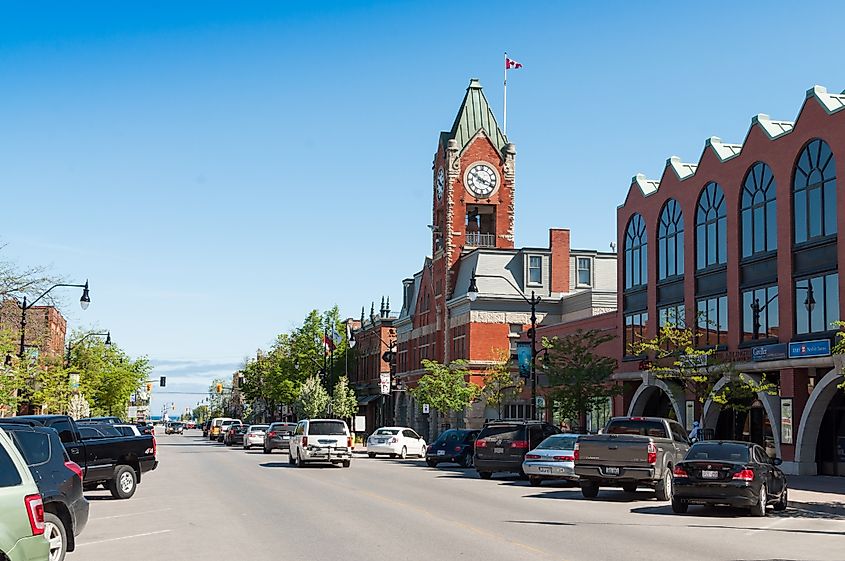
In-the-know tech professionals are quietly joining the emerging tech industry in Collingwood, anxiously snatching up affordable homes in this picturesque area. Located on Georgian Bay, a town once reliant on the tourist industry is finding new opportunities to support a thriving economy. According to the Toronto Star, Collingwood’s population increased by over 13% between 2016 and 2021.

Collingwood has year-round appeal, attracting beach lovers in the summer and skiers to the nearby Blue Mountains in the winter. With many high earners owning second homes in the area, new Collingwood residents can take full advantage of the touristy perks found in the heart of downtown.
City dwellers who move to Collingwood are attracted to the town’s vibrant, walkable downtown with its historic homes, shops, and eateries. However, it is hard to resist the allure of modern condos overlooking the water or perched on hilltops boasting breathtaking views.
Ontario has also recently contributed $15 million towards the redevelopment of Collingwood General and Marine Hospital to keep up with the growing community.
Waterloo
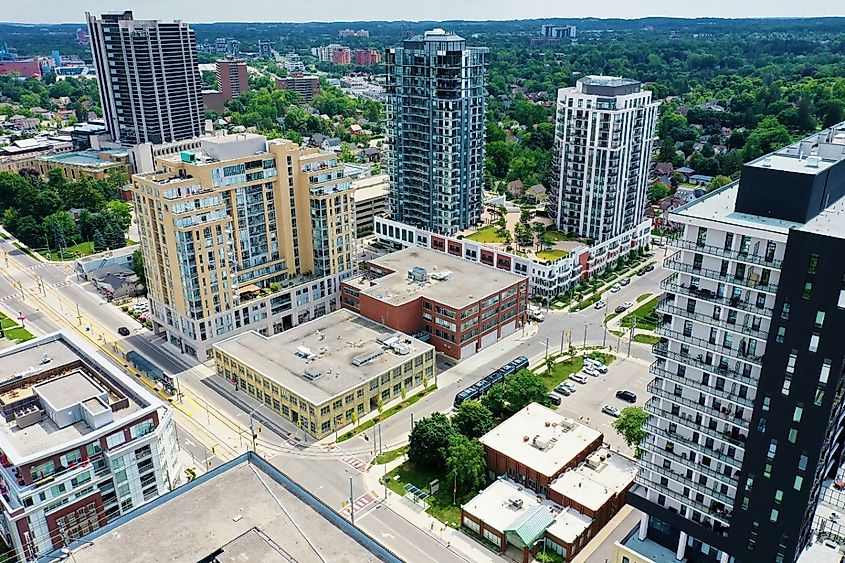
Located in south-central Ontario, Waterloo is home to two prominent Canadian universities and the largest population of Old Order Mennonites in Canada. In fact, it is not uncommon to spot quickly moving horse-drawn buggies on the street.
The population of 128,240 includes many post-secondary students from around the world, creating a multicultural community where everyone feels welcome. Although educational services top the list for the town’s leading employers, as part of Ontario’s emerging “Tech Triangle,” Waterloo offers ample opportunities in the tech industry.
In a town not known for its walkability, a speedy rail line makes it easier to reach ample shopping across the city’s many neighborhoods. However, on the weekends, locals flock to St. Jacobs Market, where hundreds of vendors sell local fresh produce, artisanal food items, and a plethora of eclectic finds.
According to the Globe’s Most Livable City list, 86 percent of residents have a regular health care provider and access to necessary services to lead healthy lives.
Vaughan
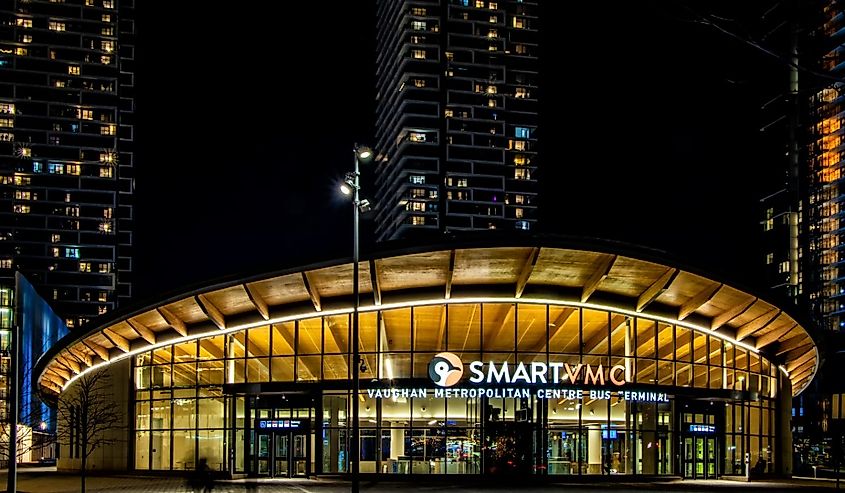
With a population of over 350,000, the convenient location, almost due north of downtown Toronto, has made Vaughan a retreat for people escaping the noise and high cost of living in the big city. Vaughan, ranked 9th on Ontario’s Business, Walkability, Livability list, is a melting pot where diversity is at the heart of the community.
A very efficient public transit system connects locals to downtown Toronto. However, with employers drawn to the area’s low commercial and industrial taxes, many residents can happily work and live in Vaughan.
Vaughan also offers the full gamut of housing options across an interesting spectrum of neighborhoods from the historic homes and impressive “mansions” of Kleinburg, to the multi-era subdivisions of Woodbridge, Thornhill, and Maple.
It isn’t short on things to do whether it is browsing Canadian artwork at the McMichael Gallery, experiencing the thrill-seeking rides at Canada’s Wonderland, hiking or biking the extensive trails and lovely parkland, or visiting heritage sights and museums. High-scale shopping, world-class dining, and highly accessible healthcare make this the ideal place for families to settle down.
Kingston
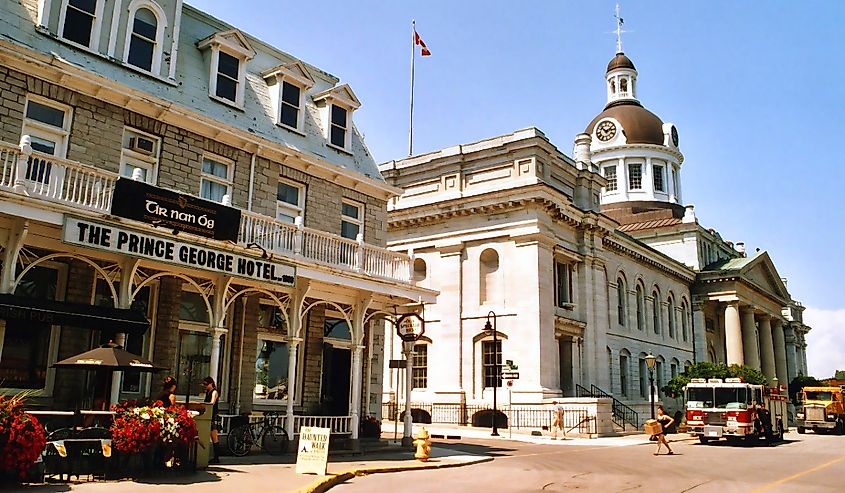
Kingston appears on many of Ontario’s “bests” lists, from the most walkable cities to the most vibrant downtowns and the best freshwater sailing harbors to the top places to live. Located at the mouth of the St. Lawrence River in south-eastern Ontario, Kingston was the original capital of Canada, which is evident in the distinct historical buildings of the city.
While its waterfront boasts impressive views of the busy waterway, it is known as one of the best places to live for a long list of reasons, including a vibrant downtown, busy summer event schedule, “15-minute city” walkability, and the historic Queens University.
With a population of 120,350, 89 percent of residents have a regular health care provider according to the Globe, which makes sense in a town where the health and education industries are the top employers.
Kingston’s entrepreneurial spirit is supported by Kingston Economic Development and programs such as Starter Program Plus, offering huge potential for growth and success.
Thunder Bay
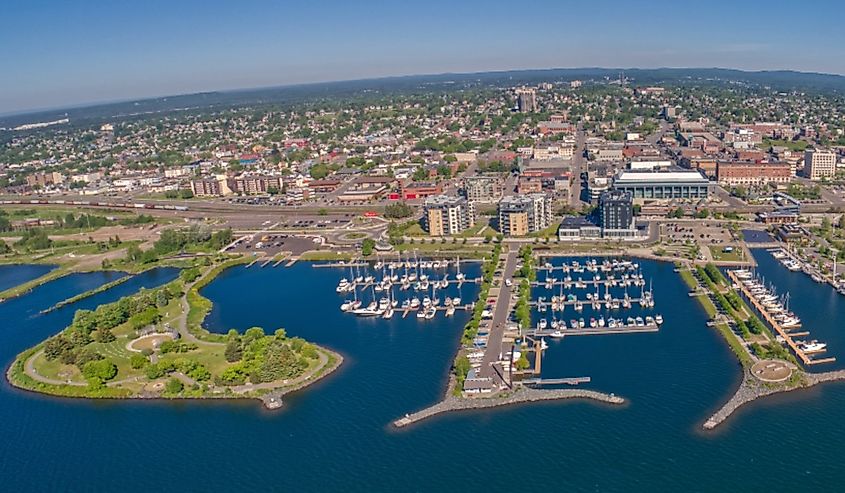
Under the radar of most “best places” lists, Thunder Bay is located on the majestic shores of Lake Superior. Great for nature lovers, this remote area is known for its rugged beauty and views of the famous “Sleeping Giant.”

With a population of 123,258, Thunder Bay is one of Canada’s busiest ports. With diverse industries ranging from shipbuilding to pulp/paper milling and brewing to manufacturing, it is a magnet for skilled workers.
Despite its remote location, Thunder Bay is the hub for Northwestern Ontario healthcare with industry-leading facilities. Although not for everyone, what it lacks in big city conveniences and glamor is more than made up for in job opportunities, a reasonable cost of living, and a very laid-back lifestyle.
Aurora
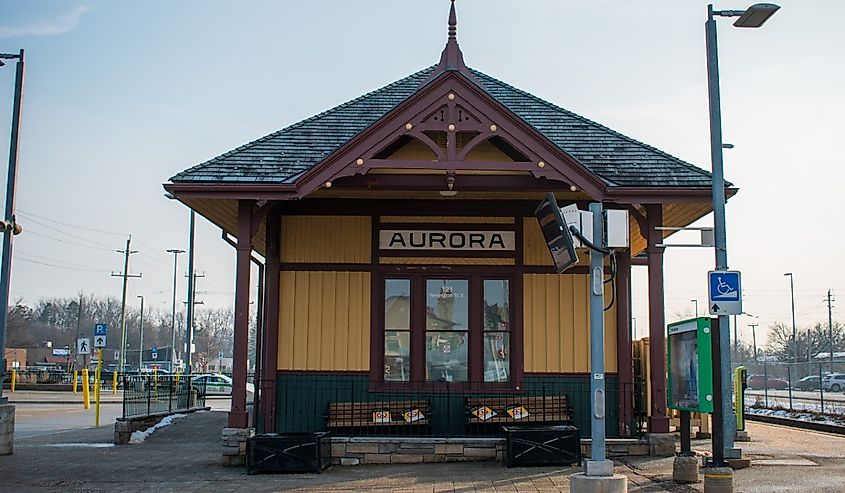
Ranked second on Ontario’s Best Places to Work, Life and Play list, Aurora is located in the central York region, north of Toronto. With a population of about 60,000, the Town of Aurora is a small town with big plans. With a future-thinking culture, Aurora’s ongoing revitalization focuses on improving livability while preserving local heritage.
Aurora’s most walkable neighborhood, Aurora Village, is the hub of the town, while surrounding neighborhoods offer a mix of older homes on tree-lined streets, affordable condos, and a growing number of family-friendly new homes and subdivisions.
Over 60 kilometers of hiking and biking trails link the town’s neighbourhoods and facilities, not including a newly completed wildlife area with trails, viewing platforms, and boardwalks. Aurora Cultural Centre offers locals exciting programs with a changing series of collections on display.
Peterborough

A city in Ontario’s scenic Kawartha region, Peterborough sits on the banks of the meandering Otonabee River. Peterborough is the essence of small-town living where homes sit on peaceful tree-lined streets, children attend safe schools, and local businesses are supported by their community.
A strong local economy is driven by food processing, automotive supplies, electronics, aerospace, and life sciences/biotechnology industries, as well as Trent University and Fleming College. Peterborough’s out-of-the-way location offers a lower cost of living compared to large urban centres, yet residents want for nothing.
It is perhaps one of the most culturally rich small cities in Ontario, with a vibrant local theater scene and year-round performances at Showplace Performance Centre and Market Hall Performing Arts Centre. Peterborough boasts its own symphony orchestra and several local art galleries, making it the logical summer gathering place for Canadian artists at the annual Buckhorn Fine Art Festival.
Pride in local history is reflected in over 100 designated heritage buildings and museums including The Canadian Canoe Museum, honoring Peterborough’s history as Canada’s canoe-building capital.
Peterborough promotes a healthy lifestyle with fresh produce available at local farms and weekly farmers’ markets, interwoven trails throughout the city connecting parks and neighbourhoods, and access to coordinated healthcare.
Whether you long for the shorelines of the province’s Great Lakes, want a stress-free life in a small town on the Niagara Escarpment, or are attracted to the vibrant life of a world-class city, Ontario is the land of opportunity. The best places to live in Ontario offer distinct communities enriched by a diverse cross-section of families, retirees, and up-and-coming young professionals drawn to thriving economies, accessible healthcare, and amenities suited to their unique lifestyles.
